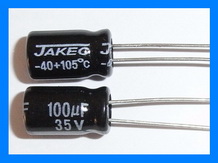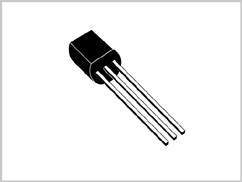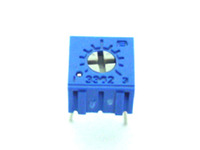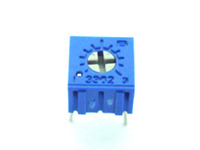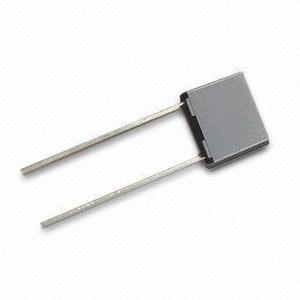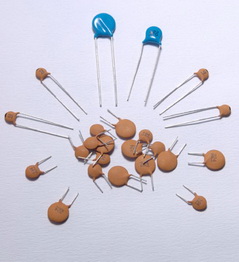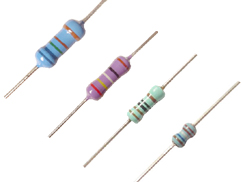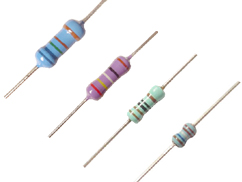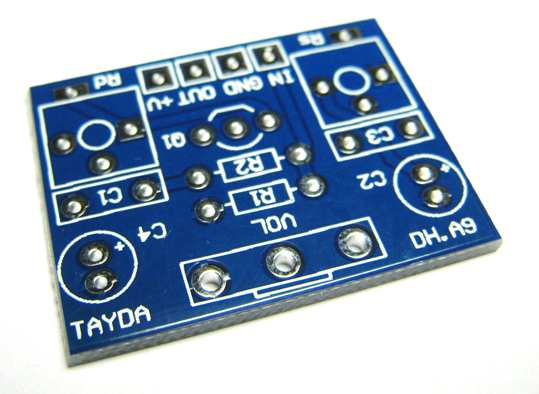JFET preamp
This preamplifier with JFET transistor sounds great. It operates in similar manner to vacuum tubes. The circuit is very simple to build and can be used as a booster.Steps
Categories
Status: Active
Designators and components Step 2 of 5
COMPONENT LIST
The following components correspond with the FETZER preamplifier:
PCB JFET PREAMP DIY PCB
C1 220p 220PF 50V CERAMIC DISC CAPACITOR
C3 47n 47NF 100V 5% POLYESTER FILM BOX TYPE CAPACITOR
C4 100u 100UF 35V ELECTROLYTIC CAPACITOR 6X11MM
R1 1M 1M OHM 1/4W 1% METAL FILM RESISTOR
R2 33k 33K OHM 1/4W 1% METAL FILM RESISTOR
Rd 50k 50K TRIMMER POTENTIOMETER
Rs 10k 10K TRIMMER POTENTIOMETER
Q1 J201 MMBFJ201 SOT-23 JFET N-CHANNEL TRANSISTOR J201 SMD
VOL 100k-A 100K OHM AUDIO POTENTIOMETER

The value "-" in the table means that the component is not mounted. Experiment with other component values and design your own JFET preamp. There is much information about FET guitar preamplifiers out there, here a couple of great references:
http://www.till.com/articles/GuitarPreamp/
http://www.runoffgroove.com/fetzervalve.html
SCHEMATIC
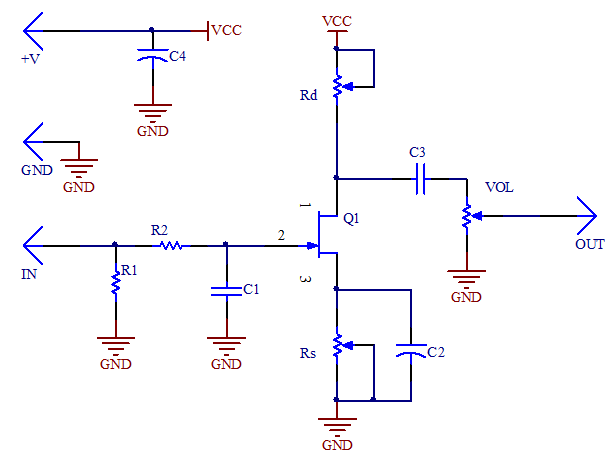
PCB
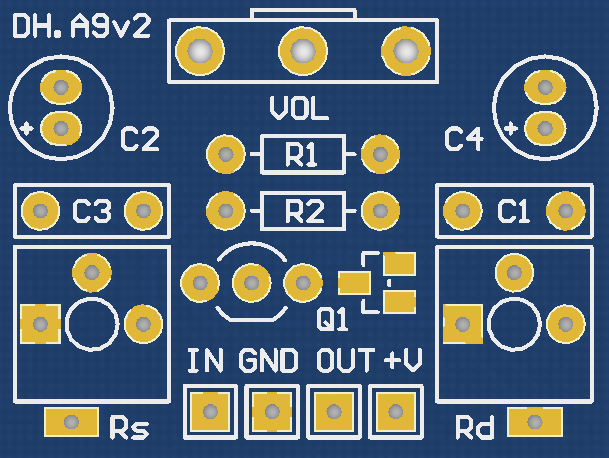
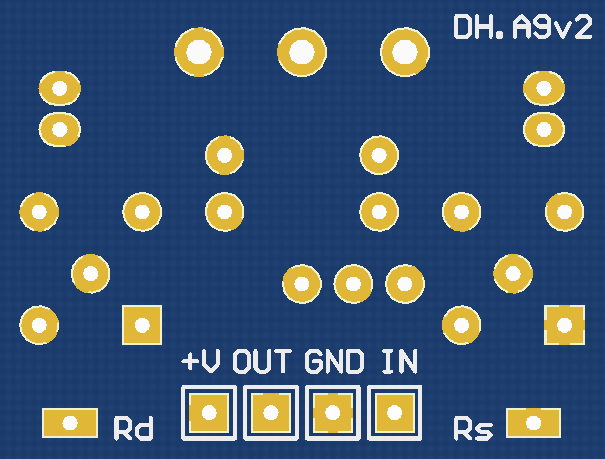
TRANSISTOR
You can use either through-hole or SMD transistors. The PCB is designed for n-type JFET transistors (J201, 2N5457, 2N5458, MPF102...) with the pinout as shown on the following figure.

GENERAL DESCRIPTION OF COMPONENTS
Resistors
The resistors should be ¼ Watt metal type. You can either use a multimeter or the color bands to obtain their values. Resistors do not have polarity, you can place them in any direction.

Electrolytic capacitors
Electrolytic capacitors have their value printed on them. The negative polarity pin is indicated by a white strip along the can. They also have a longer leg indicating the positive pin. The maximum voltage rating never can be exceeded, make sure you are using at least double voltage rating than your power supply. For example, if you are using a 9V power supply, use a electrolytic capacitor with at least 18V maximum voltage rating.
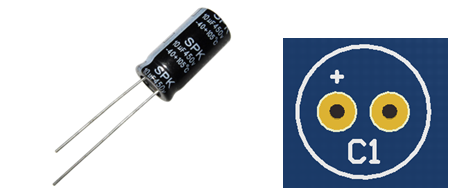
Polyester capacitors
The polyester capacitors have their value marked with three numbers. Read as picofarads (pF), the first two are the 1st and 2nd digits and the third is the multiplier code. These capacitors do not have polarity, you can place them in any direction.

Ceramic capacitors
The ceramic capacitors have their value marked with three numbers. Read as picofarads (pF), the first two are the 1st and 2nd digits and the third is the multiplier code. These capacitors do not have polarity, you can assemble them in any direction.
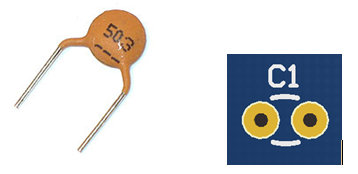
Transistors
Transistors are three terminals components and their model is printed on them. To indicate the correct orientation, one side of the transistor is flat and the other one is round.
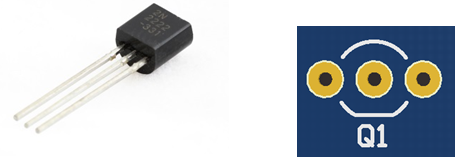
Potentiometers
Potentiometers have their resistance value marked on them. They are marked with A, B or C for logarithmic, linear and reverse logarithmic, respectively.

